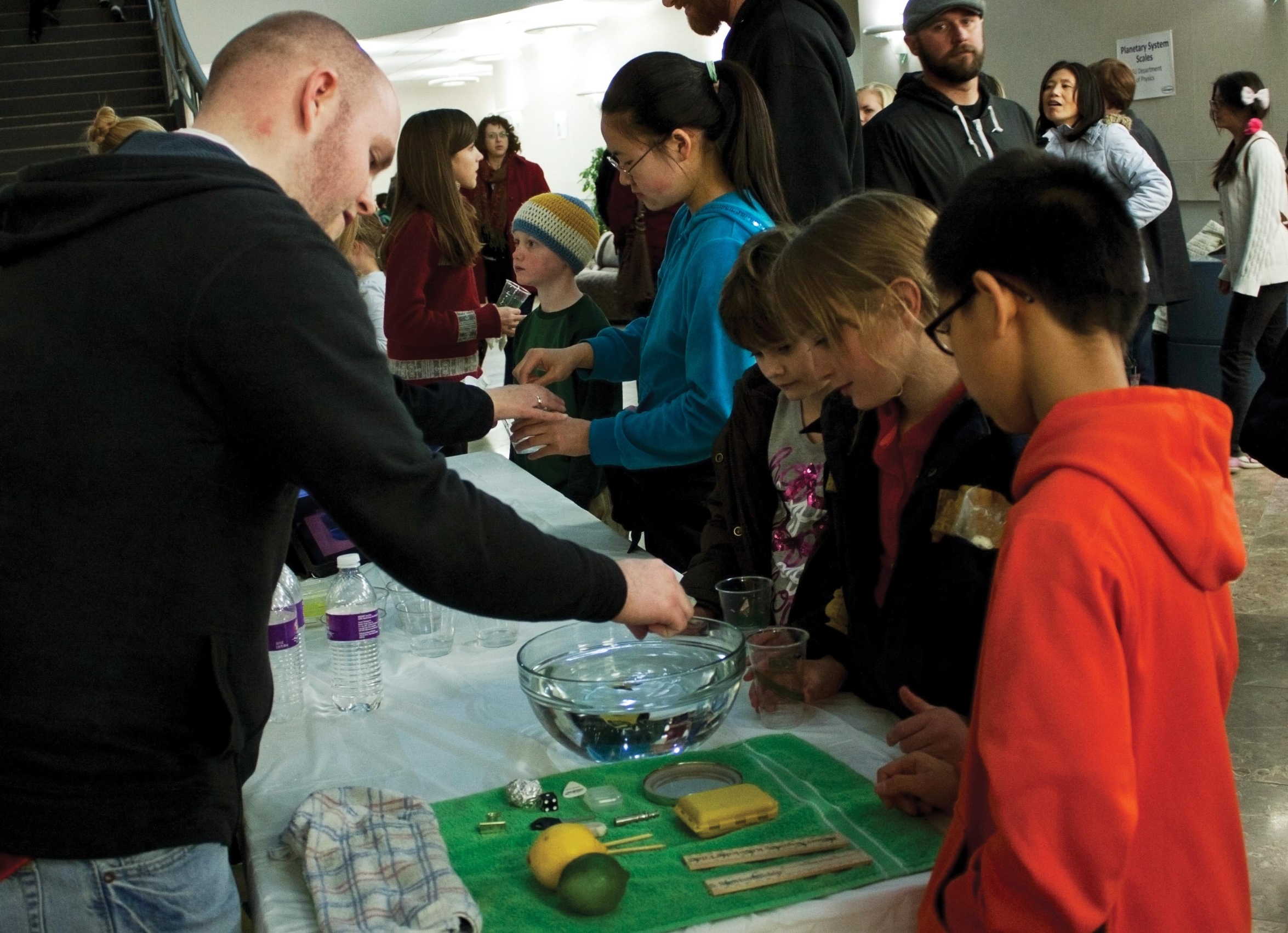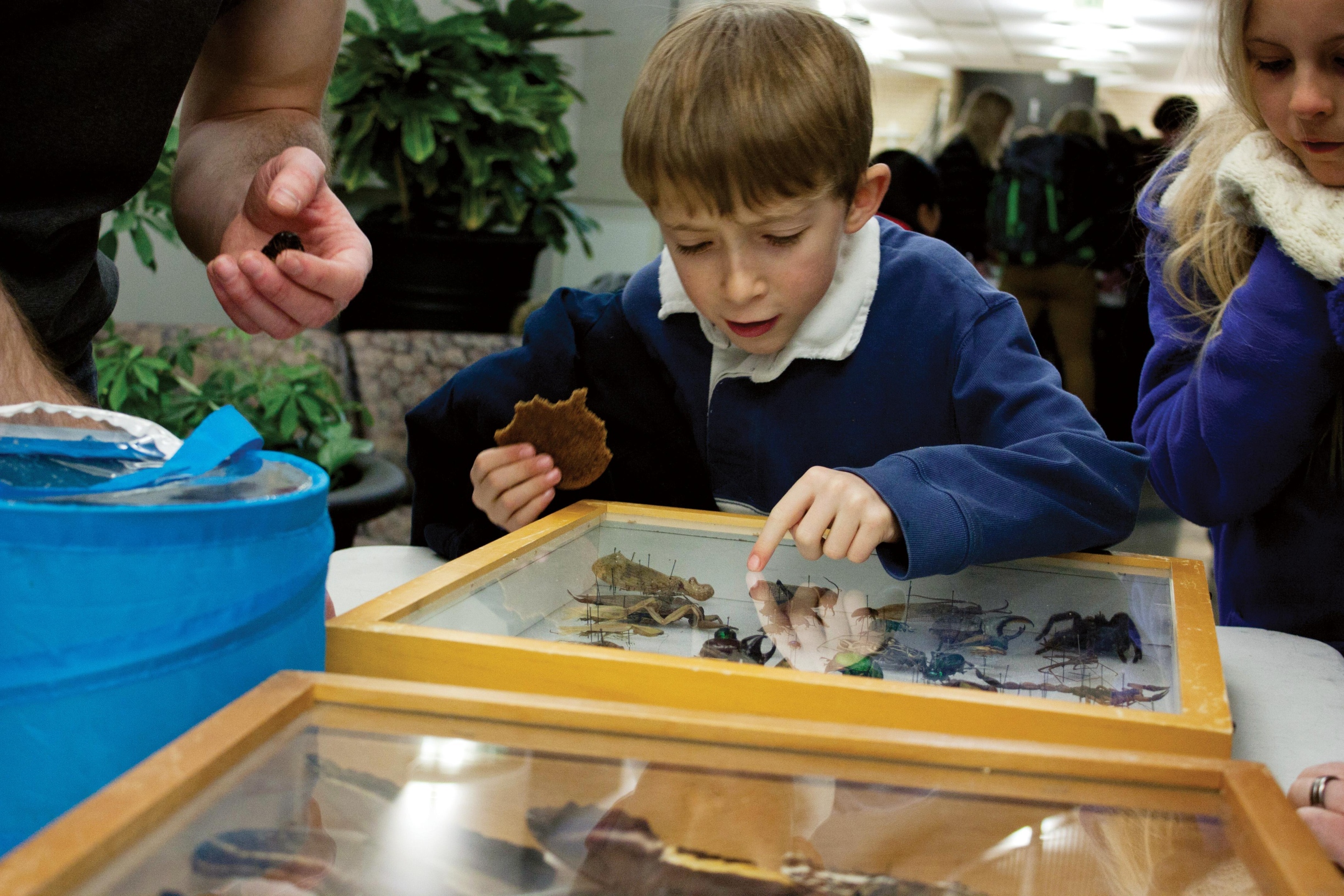‘We need to know what’s out there’
There are other planets in other solar systems similar to Earth’s, an astrophysicist explained during Science Unwrapped Friday night at the Emert Auditorium in the Eccles Science Learning Center.
Lucianne Walkowicz works on NASA’s Kepler mission, which has found planets the size of Earth in other parts of the universe. She talked about how the mission has changed exoplanet and stellar science within the last few years.
“It was interesting to have someone who’s been on the ground floor of a NASA mission tell us what went into putting it together,” said Mary-Ann Muffoletto, public relations specialist for USU’s College of Science. “It’s very exciting.”
“It’s generally important for all people to know this,” Walkowicz said. “Kepler puts our planet in the context of other planets and tries to understand how common life might be in the universe and beyond. It’s really the first kind of science experiment we’ve had that can tell us if planets like Earth are common or rare in the universe.”
“Lucianne was terrific,” said Nancy Huntly, chair of the Science Unwrapped Committee and biology professor at USU. “It was very accessible and she adapted it to the audience.”
Attendants were welcome to participate in a question-and-answer session with Walkowicz after she spoke.
“I advise people to get involved in research as soon as possible,” Walkowicz said. “It sounds like something you need to know a lot about astronomy to do, but that’s really not the case. You just have to be willing to read a lot and to learn.”
Walkowicz’s next large-scale assignment will be working with the Large Synoptic Survey Telescope project, building a telescope in Chile that will survey the night sky for 10 years.
Booths were set up throughout the building featuring informational diagrams and hands-on activities for audience members of all ages to take part in after the lecture. They were provided by various local science programs, many represented by the USU physics department.
“It’s fun to share what we work on,” said Joel Buttars, representing the university’s Space Dynamics Laboratory booth. “Seeing what other people can do with science is what motivates me. It makes me want to work harder and learn more about it.”
“There was a lot of information that was definitely worthwhile,” said Laura Mast, a USU student who attended the event. “We need to know what’s out there.”
“It was a great audience. They had lots of questions,” Huntly said. “The after-activities were fun, useful and interesting things for people of any age. I think Science Unwrapped is a really great science project for the public.”
USU physicist Michael Taylor will be speaking about his research on the mesosphere at the next Science Unwrapped event on Feb. 21.
-scottehall3@gmail.com

Biology teaching students demonstrate water density to kids. (Meghann Nixon photo)

